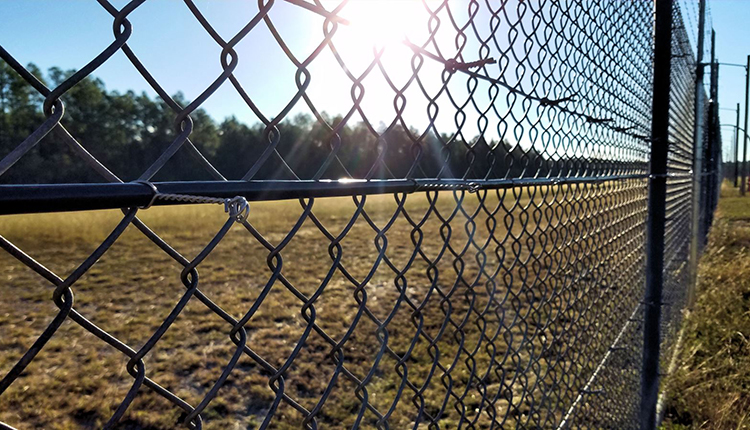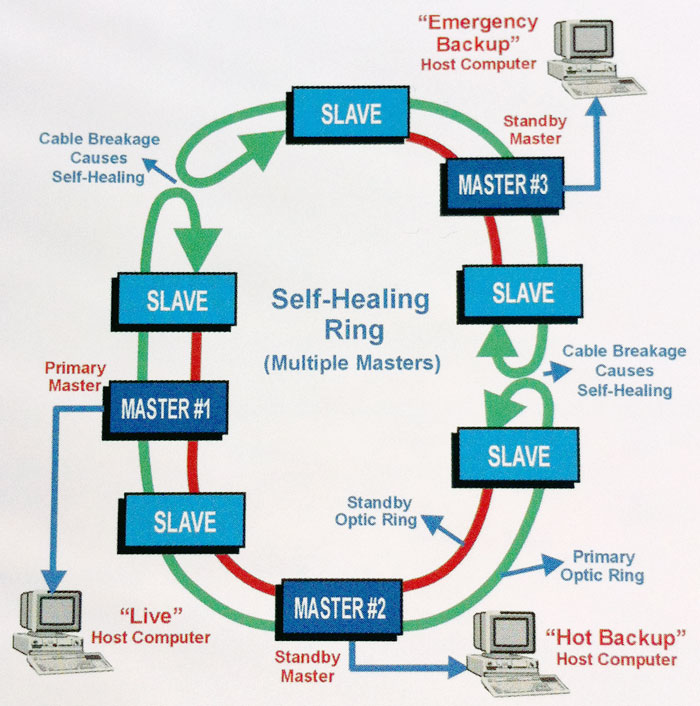Secure Your Home With Dependable Fiber Optic Protection Solutions
In a period where security dangers are increasingly innovative, the need for efficient defense services is extremely important. Fiber optic safety and security systems attract attention by providing phenomenal dependability and efficiency, leveraging advanced light transmission innovation to boost surveillance abilities. These systems not just provide immunity to electro-magnetic disturbance but likewise promise long-lasting price efficiency through minimized upkeep needs. The decision to invest in such an option includes mindful factor to consider of various factors. Comprehending the ins and outs of fiber optic protection can light up the course to guarding your residential or commercial property a lot more successfully. What facets should be discovered to optimize your financial investment?
Benefits of Fiber Optic Protection
Fiber optic safety services offer an array of benefits that make them progressively vital in today's digital landscape. Among the most significant advantages is their exceptional data transfer ability, which enables the transmission of huge amounts of information over long ranges without considerable signal degradation. This capacity is especially advantageous for safety systems that count on high-def video security and real-time monitoring.
In addition, fiber optic wires are inherently more safe than traditional copper circuitry. They are immune to electro-magnetic disturbance, making them less at risk to hacking or eavesdropping. This enhanced protection is essential for shielding delicate data and keeping the integrity of monitoring systems.
In addition, fiber optics are a lot more durable and resistant to ecological factors, such as wetness and temperature level fluctuations, ensuring long-lasting integrity and reduced maintenance expenses. The light-weight nature of fiber optic cables likewise streamlines installment processes, allowing for higher adaptability in system style.
How Fiber Optic Solution Job
In contemporary safety and security applications, the procedure of fiber optic systems counts on the concepts of light transmission through versatile glass or plastic fibers. These fibers are created to bring light signals over lengthy ranges with very little loss, making them optimal for transferring data associated with protection surveillance. The core of the fiber, bordered by a cladding material, ensures that light signals continue to be consisted of within the core with a phenomenon called complete interior reflection.
When incorporated into security systems, fiber optic wires can transfer data from numerous sensors, such as cameras, activity detectors, and alarms, to a central surveillance station. The high data transfer capability of fiber optics enables the transmission of large quantities of data simultaneously, making it possible for real-time monitoring and punctual action to potential hazards.

Kinds of Fiber Optic Security Solutions
Numerous types of fiber optic protection services have actually emerged to boost surveillance and defense across various environments. One famous solution is fiber optic boundary breach detection systems (PIDS), created to keep track of and safeguard residential or commercial property borders through the detection of resonances and disturbances along fiber optic cable televisions. These systems give real-time notifies, making it possible for prompt reactions to unapproved access attempts.
An additional effective service is fiber optic video clip security. This technology leverages high-definition electronic cameras connected through fiber optic wires to send video data over cross countries without considerable loss of top quality. This setup is particularly useful in large locations, such as airports and industrial sites, where conventional copper cords might fail.
In addition, fiber optic sensing units are increasingly utilized for environmental tracking, finding modifications in temperature level, stress, or acoustic signals that might suggest safety violations or harmful problems. These sensing units use high level of sensitivity and precision, making them excellent for essential framework defense.

Installment and Upkeep Tips
Efficient setup and maintenance of fiber optic safety and security options are important for ensuring their ideal performance and longevity. To my website start with, it is vital to plan the installment meticulously, taking into consideration the format of the building and recognizing possible susceptabilities. Fiber optic cords must be directed securely, staying clear of sharp bends or spins that might jeopardize their stability. Make use of professional-grade adapters and units to guarantee robust links and security from environmental factors.
Throughout setup, it is advisable to carry out detailed testing of the system to validate that all parts are operating properly. Routine maintenance checks must be scheduled to check the fiber optic cable televisions for any type of signs of wear or damages, in addition to to ensure that links remain safe. Cleansing the connectors occasionally is also crucial to prevent signal loss because of dirt or debris.
Moreover, maintaining an updated stock of set up parts and their specifications can assist in easier troubleshooting and upgrades. By adhering to these setup and upkeep tips, building owners can optimize the performance of their fiber optic safety and security options, making certain a dependable defense against prospective hazards.
Contrasting Costs and Effectiveness
When assessing fiber optic safety options, recognizing the equilibrium between costs and effectiveness becomes critical (security fibers). Organizations should think about the in advance investment, continuous maintenance costs, and the long-term value these systems offer. While fiber optic systems may require a higher first installment price contrasted to standard copper electrical wiring, their longevity and lowered sensitivity to electro-magnetic interference typically equate to lower upkeep prices gradually
Efficiency is one more crucial factor; fiber optic security systems supply boosted data transmission speeds and boosted dependability. They can cover larger distances without signal destruction, making them excellent for extensive buildings or remote places. Additionally, the high data transfer ability supports advanced protection applications, such as high-definition video security and real-time monitoring, which are important for thorough safety management.
Eventually, the selection between price and efficiency ought to be assisted by certain safety and security demands and risk evaluations. Organizations must examine their unique demands, taking into consideration elements like building size, protection threats, and technological innovations. By conducting her latest blog a detailed cost-benefit analysis, stakeholders can make educated choices that straighten with their security goals while making sure an audio investment in fiber optic innovation.
Final Thought
To conclude, fiber optic safety and security services use substantial advantages in terms of performance, dependability, and immunity to ecological disturbances. These systems boost security capabilities and perimeter safety and security, making them an efficient option for detailed defense. Initial installation costs may be greater, the lasting advantages, consisting of lowered upkeep and remarkable capability, validate the investment. Ultimately, the adoption of fiber optic technology stands for a forward-thinking strategy to guarding properties versus advancing safety dangers.